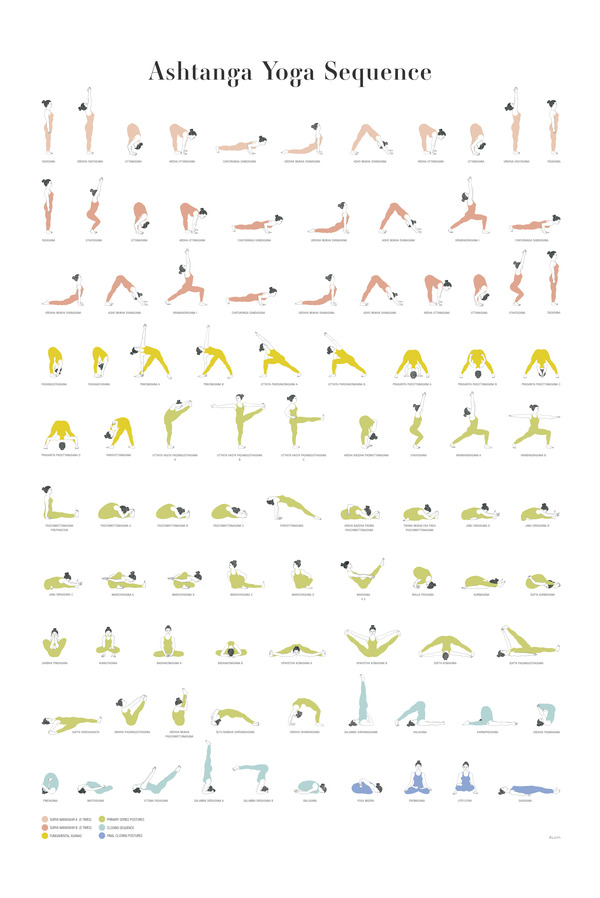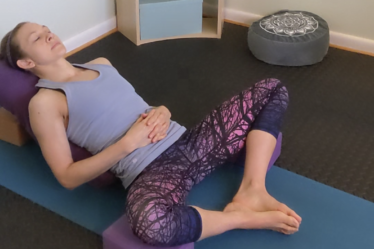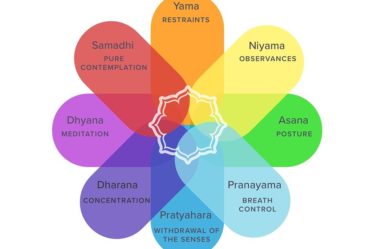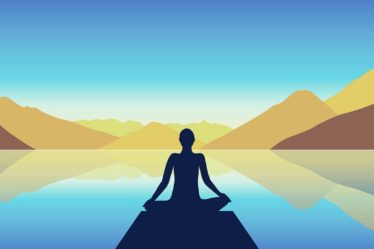
New year, new yoga!
For the majority of you reading this, vinyasa yoga is what you have been practicing with me for the last (almost) 2 years. During that time my personal practice has shifted primarily to Ashtanga yoga. I have slipped bits and pieces into our classes here and there but it’s beginning to feel disingenuous to continue teaching purely vinyasa flow classes, not to mention the fact that I’m sure my sequencing is getting stale and repetitive.
As we head into a new year, I plan to move towards teaching a more Ashtanga based vinyasa class. At first it may not seem like a big change, but as we progress, you may start to notice some big differences.
Ashtanga vs Vinyasa — What IS the difference?
What most people in the U.S. know as Vinyasa yoga or Flow yoga actually came from the Ashtanga yoga system.
Ashtanga yoga is comprised of 6 series and each series contains a set sequence of postures and transitions. Traditionally a student would begin working with a teacher and they would learn/memorize the sequence a little bit at a time and be given new postures to add on only when they are ready. This practice can be done completely on your own, and there are also “led” classes where a teacher will follow a certain count and pace as you move through the postures of a particular series.
The Vinyasa classes that most people in the U.S. are familiar with use many of the poses contained in the first 2 series of Ashtanga yoga, but are taught in a way that is more flexible and allows for more creativity in sequencing. The word itself (vinyasa) means “to place in a special way” and is sometimes interpreted to describe the way you move and breath between poses.
Why the switch?
In a perfect world, I would be teaching you this method as a way for you to develop your own self-practice, and to share what I have been learning in my own practice. The sequence never changes, and while that may seem boring to some, it offers a beautiful way to learn about your own body and mind in ways you never thought possible.
That being said, it takes commitment. Traditionally this is a 6 day a week practice. There IS wiggle room and of course it depends on your own personal goals and restrictions. The benefits that you will experience however are a direct reflection of how much time and energy you put into your practice.
What does this mean for me?
The Wednesday class will continue to be a led class with an Ashtanga focus rather than calling it purely a Vinyasa class. This means I will adhere to the more rigid sequencing which gives you the opportunity to really get to know what each posture feels like in your body and how it can change from day to day.
IF this method works for many of you, over a period of time I would consider / suggest transitioning to a Mysore style Ashtanga practice.
What in the world is Mysore?
More on this to come in the future, but the short answer is that it’s a highly individualized and self-paced practice done in the presence of a teacher and other students. Typically a teacher opens up the space (literal space or virtual space) for a set period of time. Students may begin and end their practice at a time that works for them within that time frame. The sequence will be memorized by the student and each new posture in the series will be added by the instructor as they are ready.


